A tire’s condition determines how well it performs on the road, so car owners find ways to make their tires suitable for driving, such as softening tires, which is a common thing among car racers.
However, if you’re unfamiliar with softening tires, you may like to know what the term means and how to do it. If you’d like to find out, keep reading to see what I learned!
You can use different products in the market to soften tires, though pre-mixed softeners can be quite expensive; therefore, it may be easier to make your own softener at home by mixing different ingredients. Race car drivers use the softening technique so that they can get better grip and traction while racing, though you can also soften tires for recycling.
For more information about how to soften tires, why drivers do it, and what softeners are used for this process, keep reading for more useful facts!
Whether you want to recycle your old tires in the garage or prepare for a race, you might have wondered whether it’s possible to soften your tires, and how to do so.
Tires can get hard and dry, which affects their performance on the road. In this situation, drivers, especially racecar drivers, use different products to soften tires in preparation for races.
On the other hand, some people want to soften their old tires to recycle them for other uses in the home.
When you decide to soften tires, there are commercial softeners available in the market that are quite expensive. However, if you can’t afford pre-mixed softener, you can make your own.
In order to soften tires, you can consult the following methods:
1. WD-40 Spray
WD-40 spray is a water-displacement spray used for surface softening, lubrication, and moisture displacement.
Most racecar drivers prefer this product because it’s readily available on ecommerce sites such as Amazon and is known to perform well.
Additionally, WD-40 is non-reactive on surfaces and can be applied on the same day that tires are needed. Apart from softening the tires, this spray also helps tires to retain a grip on the track.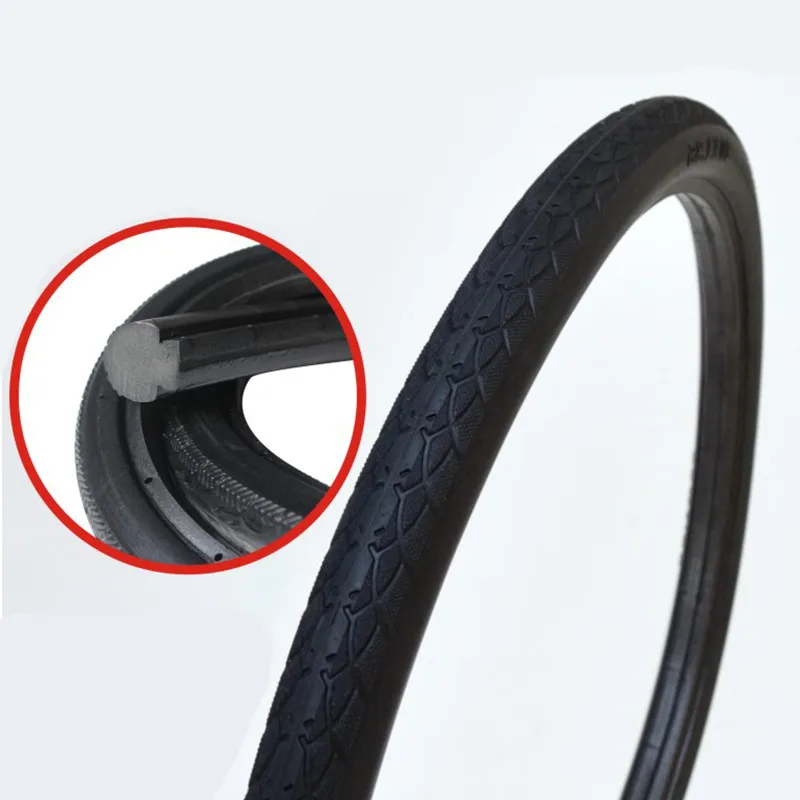
When applying WD-40, soak the tires in the solution for ten minutes (this can even be done on the track because it brings quick results).
2. Penetrating Oil
Penetrating oil seeps into the smallest cracks, openings, and fissures and helps to loosen surfaces, so if you’re looking to soften your tires before a race, this product is quite ideal because it tends to dry up within 30 minutes.
3. Cleaning Solution
Tire conditioners also work wonders for softening tires, and you can use a well-known cleaner like Simple Green, which cleans other surfaces in the house.
Although this cleaning solution won’t be as effective as WD-40, it helps clean the rubber surface, making the tires stickier.
To use a cleaning solution, you can either spray and soak your tires in a liquid cleaner, or you can use a toothbrush to rub in the cleaner on the tire grooves.
4. Kerosene
Because commercial products are more expensive, it might be better for some drivers to use cheaper products, such as kerosene.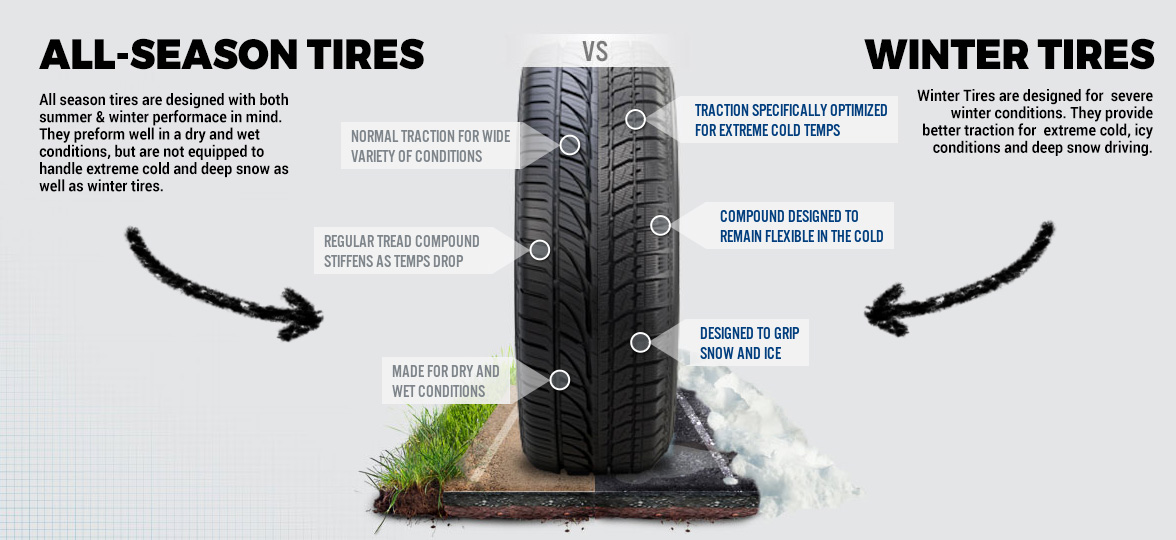
Kerosene can be used to soften tires two to three days before a race by doing the following:
This process softens the rubber on tires very fast, and if the rubber gets hard again, you can simply repeat the process.
While most drivers are concerned about which products to use, it’s important to know why you need to soften tires, and listed below are some of the main reasons:
1. Improved Traction
Hard rubber tires don’t have enough traction and grip, especially when driving on slippery roads. However, once you soften your tires, you’ll get increased traction and improve the overall performance of your tires while driving.
2. Improved Control
Softening car tires helps improve overall control on the road, meaning you can navigate corners without needing to slow down.
Additionally, softened tires come with improved control to help you slow down and accelerate while racing.
When applying a softening product to your tires, ensure that it’s distributed evenly to cover all parts of the tire, which will allow the whole tire to be softened.
You should also try out different softeners, as one method might not work for everyone. Therefore, it’s recommended to try out various techniques until you land upon one that works well for your tires.
As well, when choosing a softener, ensure that it doesn’t contain harsh chemicals that can degrade your rubber material. Additionally, it would be best to prioritize safety by wearing protective gear to prevent a potential injury.
Finally, once you’re done applying the softener, remember to rinse your tires and monitor the progress.
If you are looking to learn more, you can also see our posts on what is tire vulcanizing, under inflated tires symptoms, and why do new tires smell.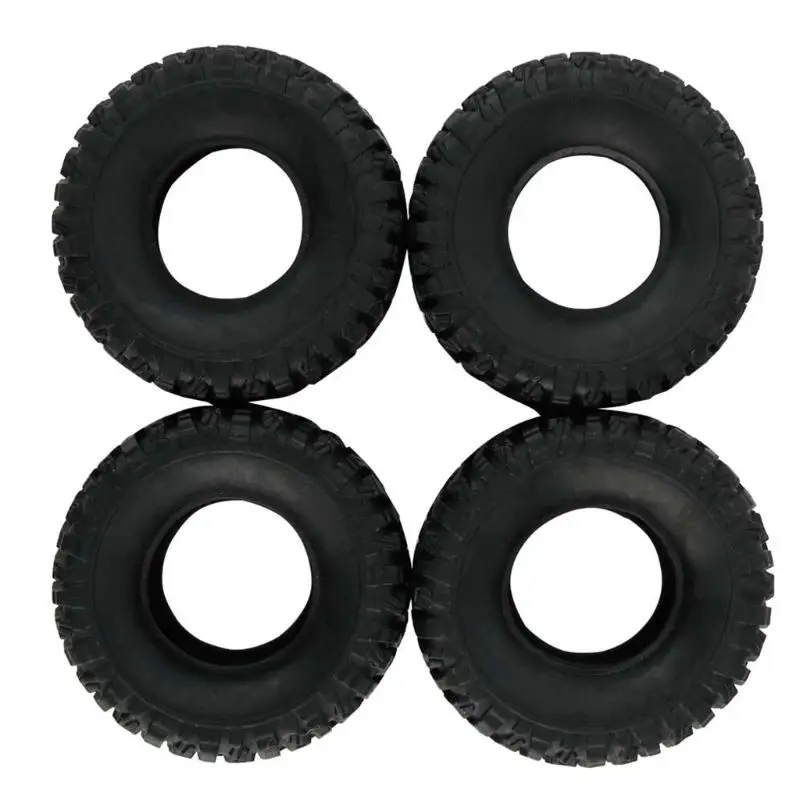
Tire softening is done to help improve the grip and traction on tires, and is a technique commonly used by racecar drivers who need to prepare their tires for optimal performance.
There are many different products that you can use to soften your tires, but because many are quite expensive, you can use household products such as cleaning agents that are much cheaper and just as safe for your tires.
By Danielle Smyth Updated December 15, 2021
While one of the key features of rubber is its flexibility, it becomes hard and brittle over time. To various extents, this stiffening can be corrected with rubber softener chemicals and other procedures.
Additives that soften materials, allowing them to be shaped and molded more easily, are called plasticizers. This is due to the fact that they make the material more “plastic. ” Water plasticizes clay, while chemicals like sulfur and silicone plasticize rubber. It’s worth noting that once the rubber has cracked, it’s too late to soften it for reuse unless you need to soften the rubber to remove and replace it. If you are trying to soften the tires on your car, it's best to take them to a car repair shop and allow a professional to help you.
” Water plasticizes clay, while chemicals like sulfur and silicone plasticize rubber. It’s worth noting that once the rubber has cracked, it’s too late to soften it for reuse unless you need to soften the rubber to remove and replace it. If you are trying to soften the tires on your car, it's best to take them to a car repair shop and allow a professional to help you.
While chemicals are a low-effort method of restoring flexibility to rubber components, you may not have access to the specific chemicals. Alternatively, they may be inappropriate for application around the rubber component. In this situation, you can use some nonchemical approaches, each of which have their own limitations and hazards. Whether you are attempting to soften rubber with or without chemicals, you’ll need to thoroughly clean the rubber with a stiff-bristle brush and plenty of water.
Simple heat applications can loosen rubber, restoring some amount of flexibility and softness for a time, though heat will also shorten the life span of the rubber.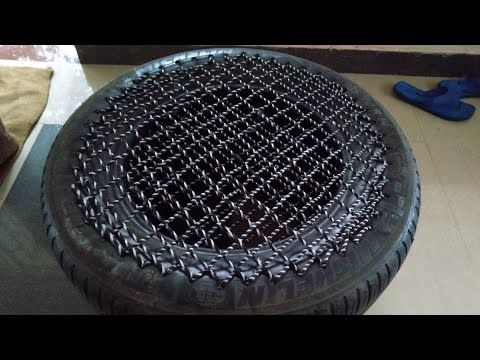 If the component is already beyond its expected life span, you can use a hair dryer, set the rubber in an oven at 100 degrees Fahrenheit for roughly 10 minutes or even submerge the rubber in boiling water for 20 to 30 minutes to restore flexibility to the rubber and extend its usefulness.
If the component is already beyond its expected life span, you can use a hair dryer, set the rubber in an oven at 100 degrees Fahrenheit for roughly 10 minutes or even submerge the rubber in boiling water for 20 to 30 minutes to restore flexibility to the rubber and extend its usefulness.
Be certain to prevent the rubber from coming into direct contact with metal or spending longer than absolutely necessary exposing it to the heat or heating element. Use tongs and gloves when handling the hot rubber to avoid injury. Martin’s Rubber Company recommends adding a little dish soap to water before restoring rubber through boiling. If you are planning to boil rubber in a cooking pot on your stove, you should open a window for ventilation and don't use the pot for food again.
Before applying any chemicals to a rubber component, be aware of what kind of rubber you’re handling. Elbex explains that while some rubbers, such as butyl, are excellent for sealing in and outgasses and are therefore used for tires, this substance can also be very susceptible to petroleum products. In contrast, nitrile has higher resistance to gasoline and oils, but it lacks resistance to gasses.
In contrast, nitrile has higher resistance to gasoline and oils, but it lacks resistance to gasses.
Knowing which kind of rubber you’re handling can help avoid unnecessary swelling and loss of performance. Shin-Etsu Silicone's studies on the effects of various oils and solutions on various types of rubber provide helpful information. For instance, it indicates that while boiling water would have minimal impact on silicone, rubbing down butyl with glycol after heating would result in much less swelling or material degradation.
While sulfur was the original plasticizer for natural rubber, you can soften most modern rubber by allowing it to soak for at least 24 hours in a solution of three parts isopropyl alcohol and one part methyl salicylate. Isopropyl alcohol can easily be found in drugstores at various concentrations, and methyl salicylate is a component in the natural oil of wintergreen.
It’s important to note that while methyl salicylate is a component in aspirin, 1 fluid ounce of oil of wintergreen contains as much as about 171 tablets of adult aspirin.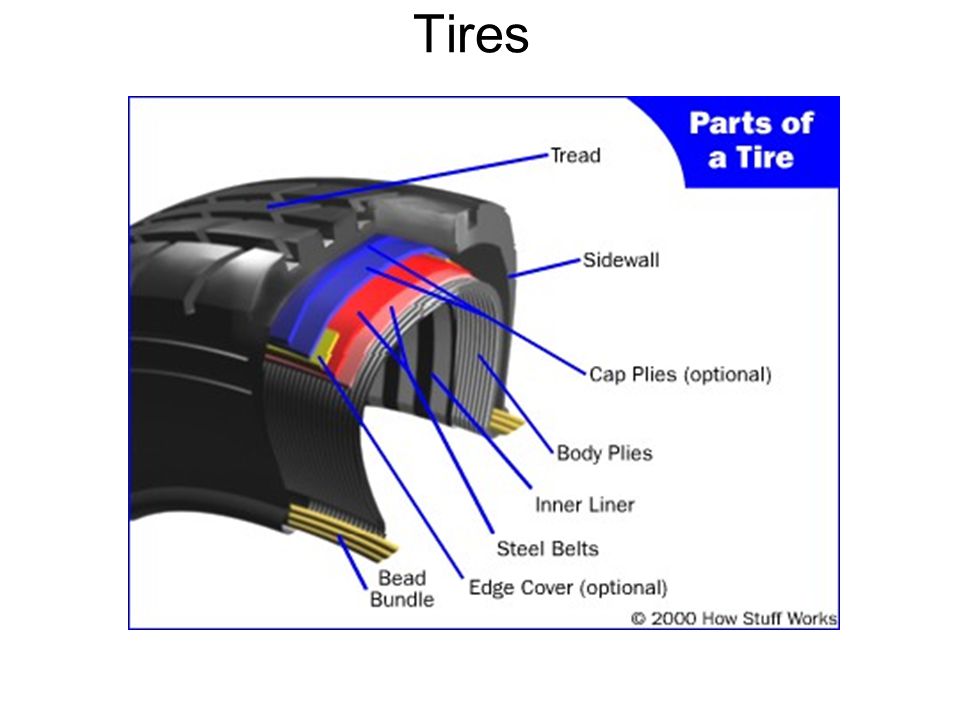 Avoid accidental poisoning and potential death by handling this component carefully and wearing latex gloves at all times. Due to its nature of saturating latex and rubber, remove and replace the gloves within minutes of them being contaminated by the oil of wintergreen to avoid it seeping through the gloves and coming into contact with your skin.
Avoid accidental poisoning and potential death by handling this component carefully and wearing latex gloves at all times. Due to its nature of saturating latex and rubber, remove and replace the gloves within minutes of them being contaminated by the oil of wintergreen to avoid it seeping through the gloves and coming into contact with your skin.
Silicone spray is usually used as a sealant and is sold in camping stores to restore the waterproofing on tents and clothing, but you can also use it to soften older, stiff rubber. After saturating the rubber’s surface, isolate it to prevent evaporation. You can do this by sealing it in a bag or airtight tub or simply wrapping it in layers of plastic sheeting or trash bags. These options are in addition to rubber conditioners, which you can apply throughout the life span of your rubber component to prolong its use, minimize hardening over time and minimize exposure to air or harsh conditions.
References
Writer Bio
Danielle Smyth is a writer and content marketer from upstate New York.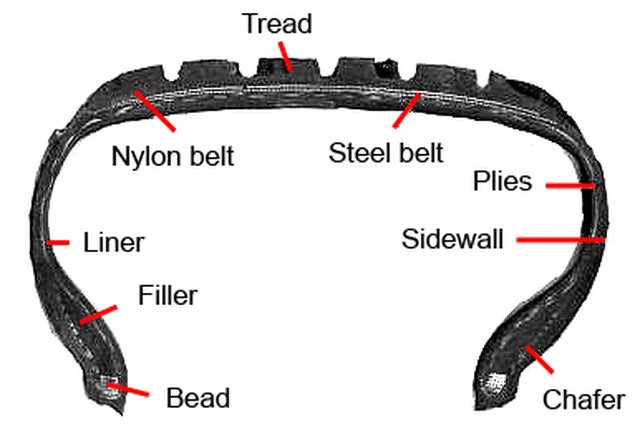 She holds a Master of Science in Publishing from Pace University. She owns her own content marketing agency, Wordsmyth Creative Content Marketing, and she enjoys writing home and DIY articles and blogs for clients in a variety of related industries. She also runs her own lifestyle blog, Sweet Frivolity.
She holds a Master of Science in Publishing from Pace University. She owns her own content marketing agency, Wordsmyth Creative Content Marketing, and she enjoys writing home and DIY articles and blogs for clients in a variety of related industries. She also runs her own lifestyle blog, Sweet Frivolity.
Rubber is considered one of the most common materials today. Over time, the main characteristics can be significantly reduced. A fairly common question is how to soften the rubber. A similar procedure can be performed independently at home, it is important to follow all the recommendations.
All materials degrade over time. Often you can find a situation where the rubber becomes too hard and loses its elasticity. If desired, you can restore the basic properties of the material, it is not necessary to throw it away. Rubber can be softened in a variety of ways. Among the features of this issue, we note the following points:
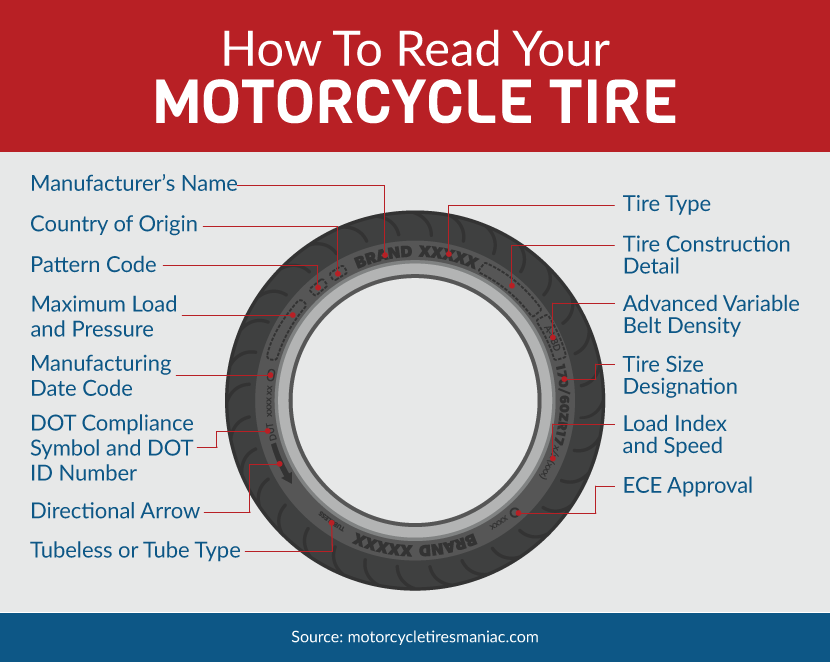 In this case, you can buy new consumables, since their cost is relatively low.
In this case, you can buy new consumables, since their cost is relatively low. There are quite a number of different ways to soften rubber, the most common is the use of kerosene.
Rubber is considered one of the most elastic materials. It is for this reason that it is used in the manufacture of various seals. After the seal ceases to be affected by the load, it is able to return to its dimensions. This moment determines the spread of the question of how to restore the elasticity of rubber.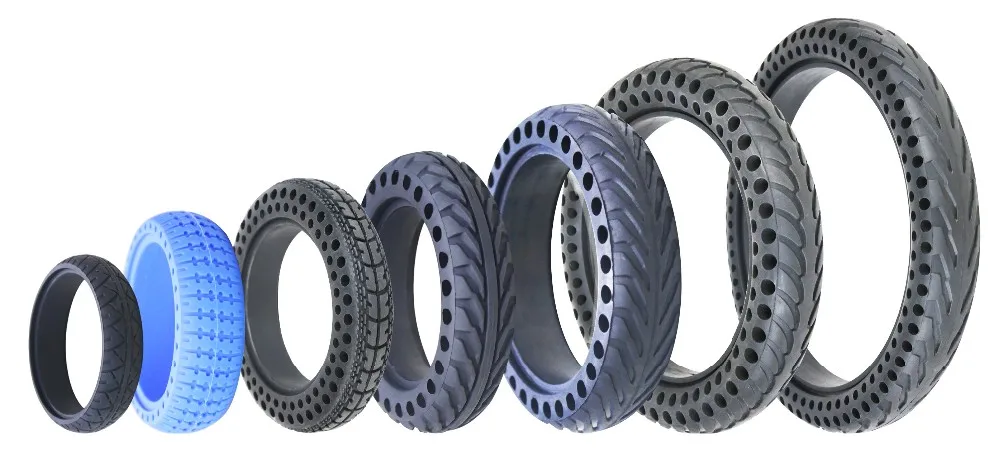 Over time, this property is also lost. If the surface is too worn, cracks appear, due to which the insulating qualities are significantly reduced. It is possible to soften rubber at home using common substances. The most commonly used substances are:
Over time, this property is also lost. If the surface is too worn, cracks appear, due to which the insulating qualities are significantly reduced. It is possible to soften rubber at home using common substances. The most commonly used substances are:
When soaking rubber in recovery fluid, be aware that the material can expand significantly. To remove the substance from the surface, the product is thoroughly washed with soap and water. In some cases, hot water can be used to soften the rubber. This method is used to restore the insulation of the doorway of the refrigerator. You can enhance the effect achieved by wetting the surface with silicone. Seals from the material in question are also used in the manufacture of windows.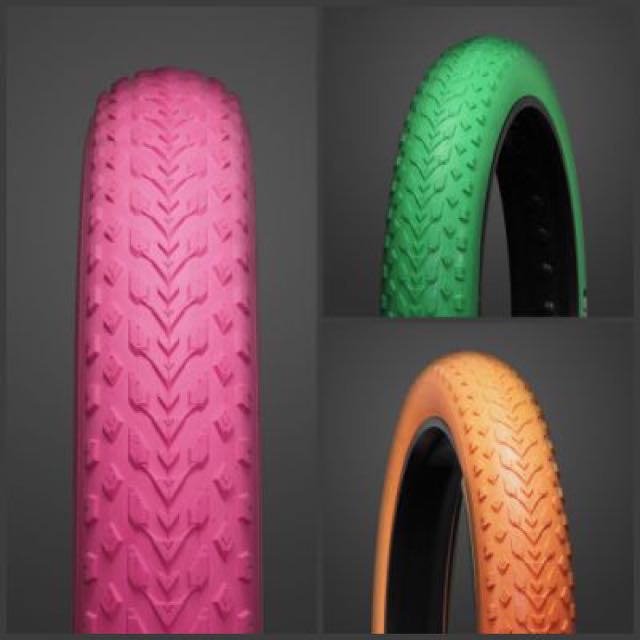 To improve the insulating qualities of the rubber bands, they are wiped with silicone and glycerin from time to time. Such substances can be purchased without any problems.
To improve the insulating qualities of the rubber bands, they are wiped with silicone and glycerin from time to time. Such substances can be purchased without any problems.
Experts recommend considering each specific case, which can significantly improve the efficiency of the work being done. The rubber can be softened as follows:
In addition, special formulations can be found on sale that can soften the structure after application.
Rubber can be softened at home by using different materials.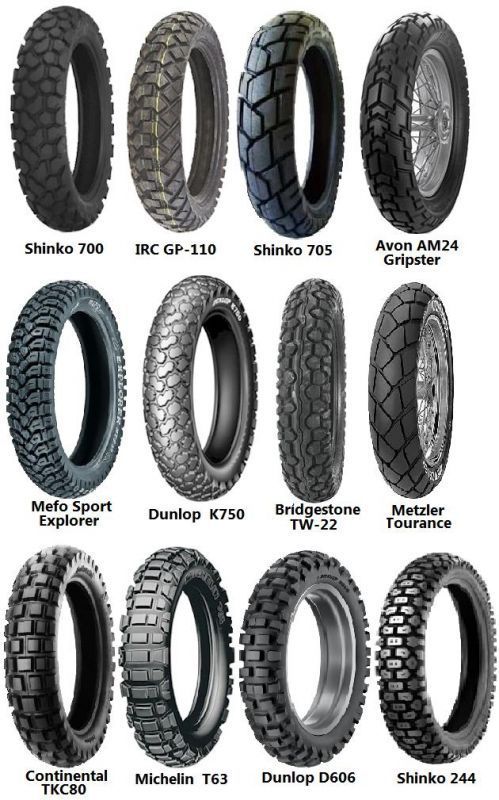 The most widespread are:
The most widespread are:
High temperatures also cause the rubber to become softer, but wear resistance decreases.
When considering how to soften rubber, many give the possibility of using kerosene. Such a substance is able to restore the elasticity index. Application features are that the product is soaked in a special bath, after which the surface is thoroughly washed and dried. If the length of the product is large, then it can be rolled up. Aged in kerosene to soften for several hours, as kerosene does not act immediately.
This substance is widely used and can also soften the product. The procedure is as follows:
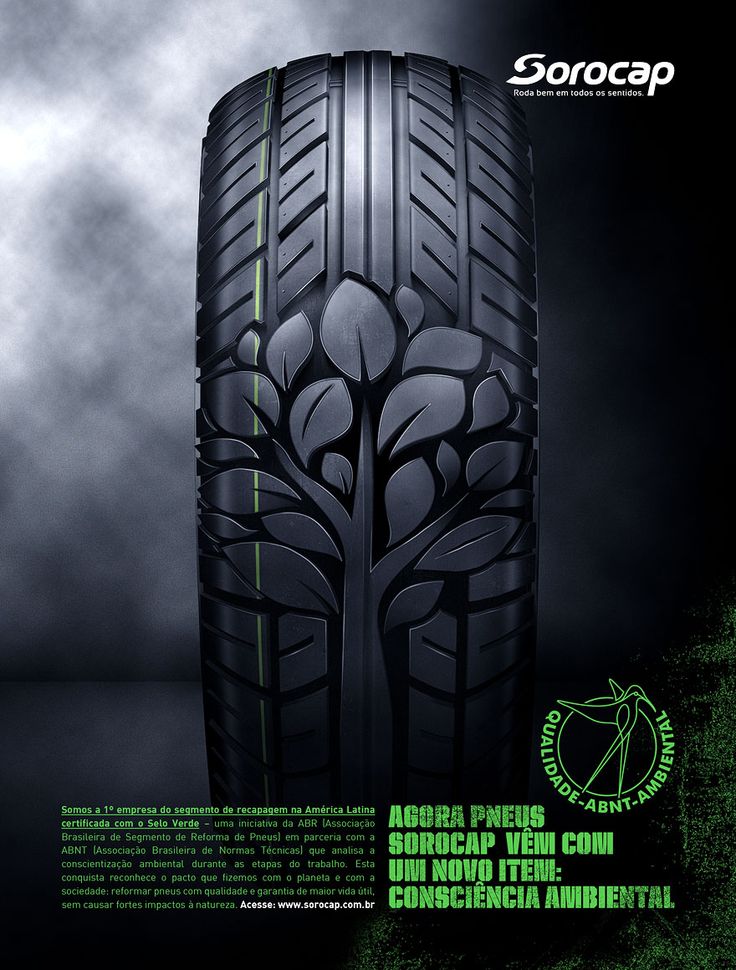
Drying is carried out at room temperature. It should be borne in mind that high and low temperatures always negatively affect the condition of the rubber.
A short-term effect can be achieved by using silicone and castor oil. Among the features of the application, we note the following points:
After half an hour the rubber will be ready for use. It should be borne in mind that the achieved effect will be temporary. When considering how to soften such material, you can pay attention to castor oil.
In some cases, only a temporary softening is required, for example when pushing a hose onto a nozzle. In this case, you can solve the problem by temporarily lowering the product into a hot bath. After some time exposure to high temperature, elasticity increases. With prolonged use, the rubber can become dull. Problems can only be solved if the product is boiled. Significantly increase the effectiveness of the procedure by adding salt to the composition. Boiling is carried out until the moment when the surface becomes elastic.
After some time exposure to high temperature, elasticity increases. With prolonged use, the rubber can become dull. Problems can only be solved if the product is boiled. Significantly increase the effectiveness of the procedure by adding salt to the composition. Boiling is carried out until the moment when the surface becomes elastic.
If it is difficult to remove tubes and hoses, heating is carried out by exposure to warm air. For this, a building or ordinary hair dryer can be used. When the high temperature air flow is concentrated in one place, plasticity increases significantly. In conclusion, we note that only in the absence of defects can the restoration of the material be carried out. Some recommended methods may result in some performance degradation.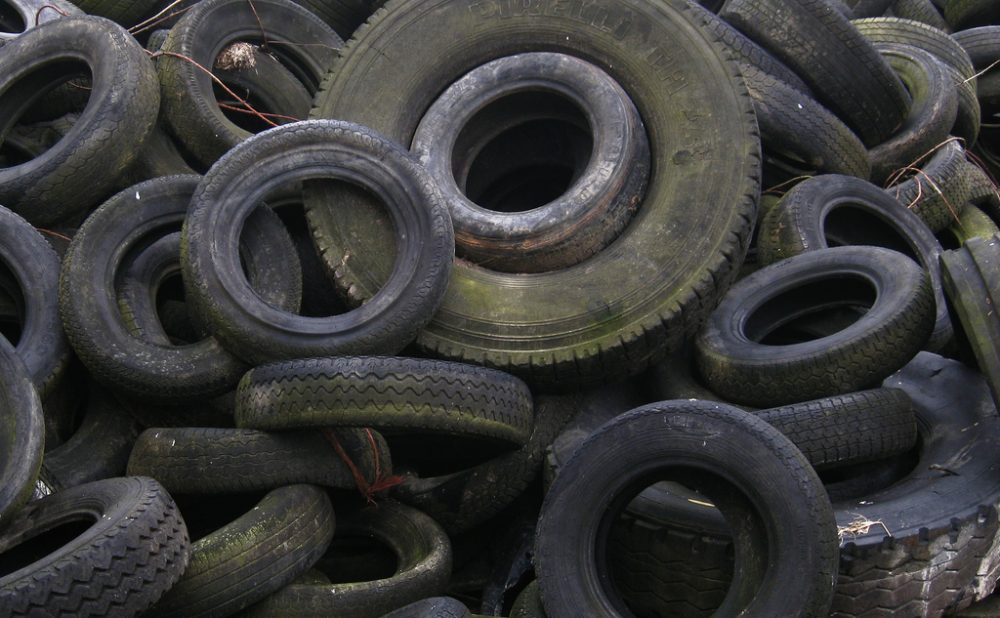 That is why you need to follow all the recommendations.
That is why you need to follow all the recommendations.
Do not rush to throw away an important rubber part or component if it has weakened and ceased to perform its main functions, because this is not always an irreversible process. In addition, it is far from always necessary to seek help from specialists with this issue, spending extra money, because there are several simple and quite effective ways to restore rubber elasticity without special equipment at home. And the first stage of restoring rubber elasticity involves preparing all the necessary tools and tools, as well as treating the surface of the deformed material, which must be degreased and freed from dust, debris and any other contaminants. Do not be surprised, but such simple means as kerosene and ammonia will help give rubber a second wind.
For this, it is necessary to prepare a low-concentration solution of the above-mentioned products and place in them rubber parts rolled up in a tight spiral that have lost their elasticity. It should be remembered that if ammonia is used, then thirty minutes is enough for the rubber to be thoroughly saturated with it. At the same time, a kerosene solution involves infusion for at least two hours, since the effect of this substance is somewhat different from ammonia. And if everything was done correctly, then the soaked rubber parts will become much softer and more pliable, and after that you can proceed to the second stage of processing - thoroughly washing the part with soapy water and drying it. This approach allows you to quickly put in order a stretched or hardened rubber part, however, it is far from suitable for all products.
This means that not all rubber elements are removable, and as an example, we can cite seals built into the doors of refrigeration units, because, if desired, it is impossible to put them soaked in kerosene or ammonia solution.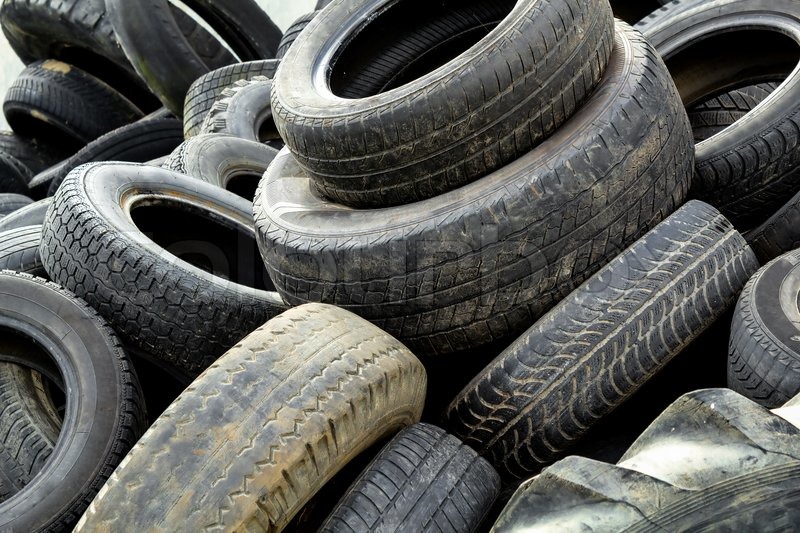 However, their failure is not at all a reason to change the unit to a new one, since there is one simple way to restore the qualities of rubber without dismantling it. It involves the use of boiling water, which is poured over the rubber gasket over the entire area, after which the lost elasticity of the sealant is restored, and hence its other functions (adherence, sealing, etc.), although this effect is rather temporary. Ordinary silicone will help to strengthen it, which must be applied to a clean cotton cloth or napkin and walk along the treated surface of the rubber part.
However, their failure is not at all a reason to change the unit to a new one, since there is one simple way to restore the qualities of rubber without dismantling it. It involves the use of boiling water, which is poured over the rubber gasket over the entire area, after which the lost elasticity of the sealant is restored, and hence its other functions (adherence, sealing, etc.), although this effect is rather temporary. Ordinary silicone will help to strengthen it, which must be applied to a clean cotton cloth or napkin and walk along the treated surface of the rubber part.
The same method is also excellent for the care of rubber gaskets, which are equipped with all metal-plastic windows and doors. If for some reason they have lost their former properties, then there are several more ways to restore elasticity to rubber without kerosene and boiling water. The simplest of them is the treatment of rubber glazing beads with glycerin, which must be carried out at least once a quarter (four times a year).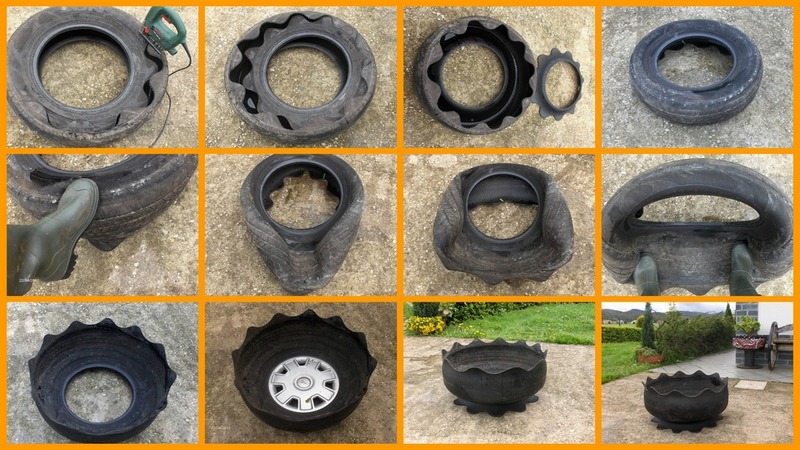 To do this, simply rub the rubber elements with a cloth or napkin thickly moistened with glycerin and let it soak in properly.
To do this, simply rub the rubber elements with a cloth or napkin thickly moistened with glycerin and let it soak in properly.
This technique is especially relevant if the air in the room is too dry, because of which the rubber tends to shrink, harden or crumble. At the same time, more long-term methods of how to give elasticity to rubber have not yet been invented, and in order not to resort to frequent replacement, it is necessary not to forget about caring for it in the form of timely prevention.
03/14/2013
No matter how sad it is, but every thing has its own lifespan. And tires are no exception. After a certain time, it begins to lose its shape, becomes dry and hard, cracks and crumbles. And quite often in such a situation, when, as soon as possible, it is necessary to replace a damaged part, there is absolutely no time to go to the store for it, or there is simply no way. But, fortunately, it is still possible to urgently solve this problem. Consider in this article several ways to give rubber elements a second wind.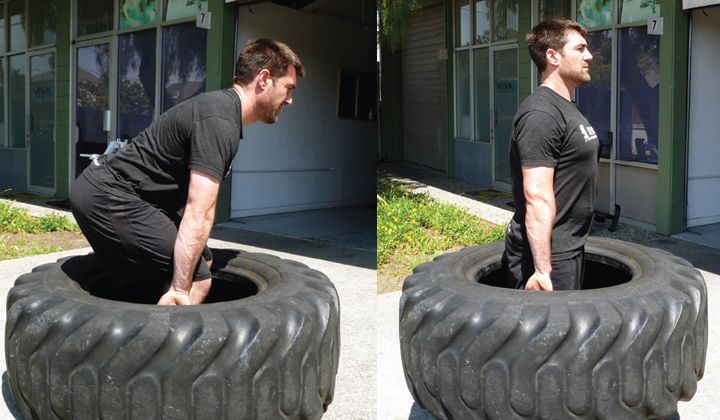
So, the materials you will need: glycerin, ammonia, kerosene and napkins.
Don't be surprised! It turns out that kerosene and ammonia can really help out when trying to resuscitate rubber parts. First you need to prepare a low concentrated solution of ammonia. Then roll the long and narrow rubber seals into a spiral. And keep them in the solution for about half an hour. If kerosene is at hand, we carry out the same procedure, only the rubber should be in this solution for at least 2 hours. Result - the parts will become noticeably softer and, perhaps, even a little larger than before. After the solutions, rubber products must be washed in non-hot water, using a soapy composition, then rinsed in clean water and dried.
The craftsmen also found a solution for a short-term renewal of seals on refrigerator doors. In this case, it is recommended to pour boiling water over the rubber. It is said that for some time the sealant regains its lost elasticity and sealing ability. And in order to consolidate the effect obtained, you can treat the rubber surface with a napkin impregnated with a silicone compound. However, we recall once again that the effect will not last long, so it is necessary to replace the obsolete part as soon as possible.
And in order to consolidate the effect obtained, you can treat the rubber surface with a napkin impregnated with a silicone compound. However, we recall once again that the effect will not last long, so it is necessary to replace the obsolete part as soon as possible.
Many of us have had plastic windows installed for a long time. But not everyone knows that if the seals on double-glazed windows are properly cared for, they will last much longer. So, you just need to lubricate the rubber elements with a layer of ordinary glycerin or silicone every time you wash windows. And for the best result, it is better to use specially designed chemical compositions from window manufacturers. As a rule, they should be offered by employees of the company in which you place an order, immediately. Although, however, today it is not at all difficult to find such a solution on the Internet.
I know from my own experience that not all rubber products can be restored; to give them their former elasticity and softness, after it has hardened. In general, a small part of rubber can be brought back to life if we are talking specifically about rubber, and not about the latest polymers, which do not lose their physical properties at a certain operating temperature.
In general, a small part of rubber can be brought back to life if we are talking specifically about rubber, and not about the latest polymers, which do not lose their physical properties at a certain operating temperature.
The whole difference is that rubber products, namely the "rubber" material itself, during its manufacture, undergoes such a process as vulcanization, when the rubber base - rubber turns into rubber when interacting with certain substances at a certain temperature. Rubber was a new material in which rubber molecules created a single spatial grid, it is due to this single grid that rubber has its physical properties.
It will not be practical to talk about all rubber products in one recommendation, since there are a lot of rubber types and each rubber has its own incoming properties, as well as the degree of rubber saturation, the ability to crystallize and orientation, the strength of the chemical bond chain and the flexibility of macromolecules.
Mainly 5 main factors affect aging and loss of elasticity:
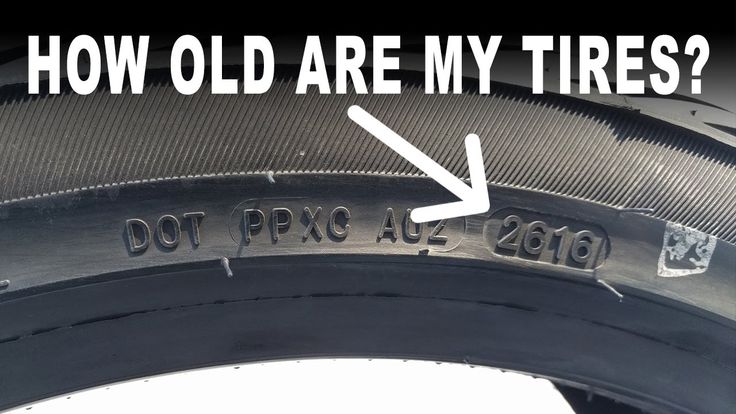
All these negative influences cause the rubber to become hard and/or brittle. If the product crumbles, then it will not work to give it elasticity, since the bond between the molecules is broken.
But if the rubber has hardened, but has not begun to break down, then it can be brought back to life.
One of the misconceptions is that many people advise dipping or spraying the product with solvents, benzene or alcohol. This cannot be done, because, firstly, there is oil-benzo resistant rubber, which simply will not accept these liquids, and secondly, other rubber products simply dissolve partially or completely in these solvents, and the elasticity effect will only be temporary.
But one of the really effective solutions that can "revive" rubber products is ammonia solution with 5% concentration.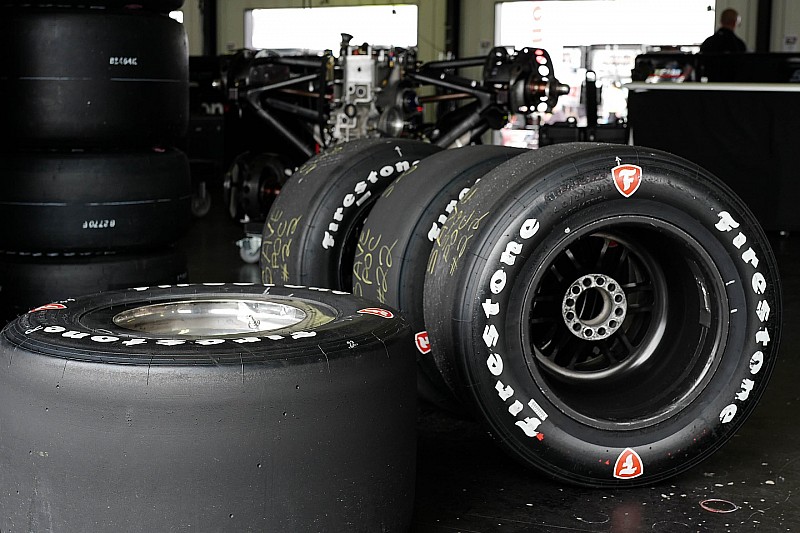
In this solution, the product should be kept for no more than 15 minutes, then, if possible, knead it by mechanical pressure and treat it with the following composition.
Place the product after softening in water-glycerine solution with 5% concentration.
The product must also be kept in this solution for no more than 15 minutes.
The temperature of the solutions should be between 40-50 degrees.
There should not be much time between the two solutions, as ammonia will destroy the rubber with prolonged exposure, and glycerin in water slows down this process.
Ammonia solution 5% is not on sale, for this reason you will have to buy 10% and dilute it with distilled water according to the formula (see chemical formulas, I personally can make a mistake)
Water-glycerin solution 5% is also not on sale, there is only pure glycerin or 85%, it must also be diluted to obtain the appropriate concentration.
Has the rubber band around your cards simply torn with age, your favorite sneakers become hard as a stone, or has your vacuum cleaner failed because a small pad, belt or cuff has hardened in it? If yes, you know that rubber becomes hard over time. Natural rubber loses its properties and hardens under the influence of temperature, oils and even oxygen. As a result, one way to slow down the hardening of rubber products is to limit exposure to heat, oils, and oxygen. At the same time, the correct use of heat and oils can partially restore the softness of rubber products, although it is impossible to completely stop hardening.
Natural rubber loses its properties and hardens under the influence of temperature, oils and even oxygen. As a result, one way to slow down the hardening of rubber products is to limit exposure to heat, oils, and oxygen. At the same time, the correct use of heat and oils can partially restore the softness of rubber products, although it is impossible to completely stop hardening.
Inspect rubber products regularly. Any rubber object, whether it's a wiper blade on a car windshield or an elastic waistband from your favorite pajamas, slowly but surely becomes hard. White or colored marks on the rubber may indicate that a chemical reaction is taking place.
Look for signs of damage. Cracked rubber will remain cracked even if the product is softened. In case of cracks, you can use a rubber patch or just buy a new item. There are no miracles in this situation.
Keep rubber products clean. It is quite difficult to protect products from oxygen, temperature fluctuations and light, but plaque can be washed regularly so that harmful oils do not destroy the rubber object.
It is quite difficult to protect products from oxygen, temperature fluctuations and light, but plaque can be washed regularly so that harmful oils do not destroy the rubber object.
Store the rubber product in an airtight container to slow down hardening. If possible, remove the air (and with it the oxygen) from the container before packaging.
Store container in a cool, dry and dark place. The same place where apples and potatoes are usually stored will do.
Select your preferred heat source. The easiest choice would be an oven or hair dryer, but some people prefer to place rubber-soled shoes on a radiator. Make sure the oven is on a low heat setting and the hair dryer is on a high heat setting to get roughly equal temperatures.
Place the item in the oven at a low temperature. In case the oven overheats and the rubber begins to melt, it is better to place the product on a baking sheet or a suitable dish (one in which you do not cook food).
Heat the rubber with a hair dryer. Shoes with rubber soles should be heated for 7-10 minutes at the highest temperature of the hair dryer.
Leave the rubber to cool for 10 minutes. Then feel the product. With luck, the rubber will remain soft and pliable even when it cools down.
Separate the rubber part from the non-rubber parts of the impregnator. This method is best suited for rubber parts that can be removed and reinstalled.
Mix a solution of three parts rubbing alcohol and one part wintergreen oil. In this case, enough solution is needed to completely cover the rubber object in the impregnation container.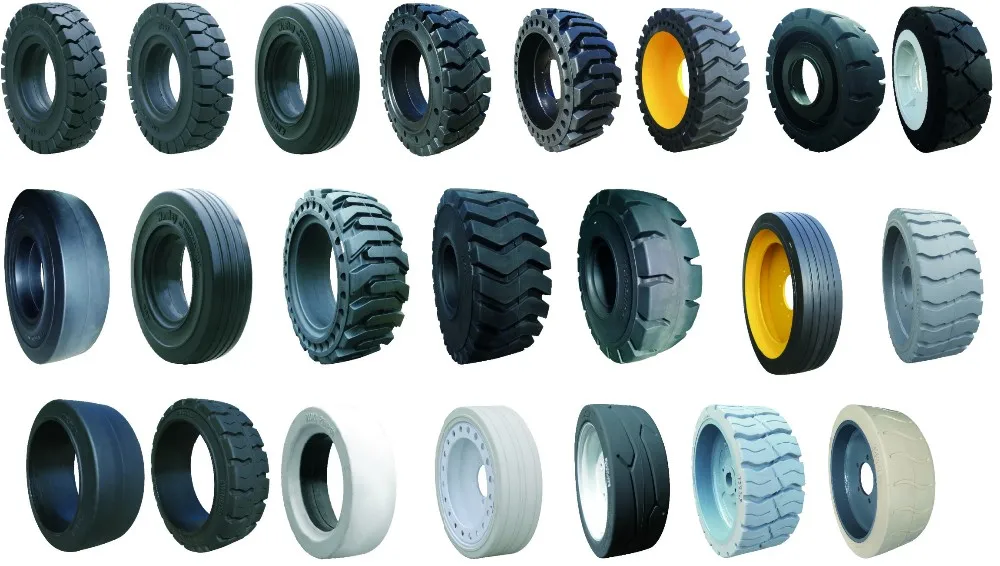
Rubber is one of the most common materials today. Over time, the main characteristics can be significantly reduced. A fairly common question is how to soften the rubber. A similar procedure can be performed independently at home, it is important to follow all the recommendations.
All materials degrade over time. Often you can find a situation where the rubber becomes too hard and loses its elasticity. If desired, you can restore the basic properties of the material, it is not necessary to throw it away. Rubber can be softened in a variety of ways. Among the features of this issue, we note the following points:
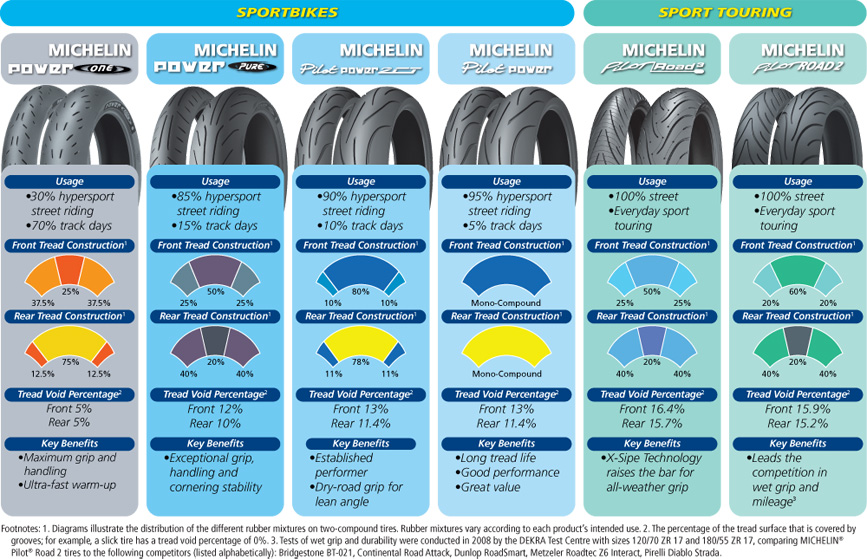
There are quite a number of different ways to soften rubber, the most common is the use of kerosene.
Rubber is considered one of the most elastic materials. It is for this reason that it is used in the manufacture of various seals. After the seal ceases to be affected by the load, it is able to return to its dimensions. This moment determines the spread of the question of how to restore the elasticity of rubber. Over time, this property is also lost. If the surface is worn too much, cracks appear, due to which the insulating qualities are significantly reduced
You can soften rubber at home using common substances. The most commonly used substances are:
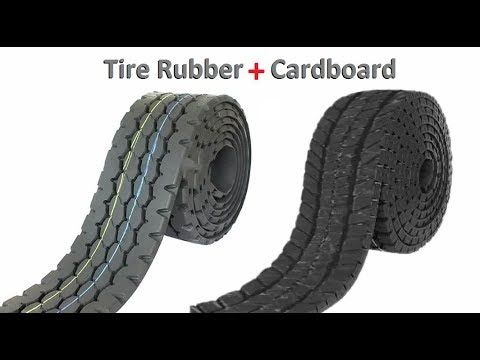
When soaking rubber in recovery fluid, be aware that the material can expand significantly. To remove the substance from the surface, the product is thoroughly washed with soap and water.
In some cases hot water can be used to soften the rubber. This method is used to restore the insulation of the doorway of the refrigerator. You can enhance the effect achieved by wetting the surface with silicone.
Gaskets made of this material are also used in the manufacture of windows. To improve the insulating qualities of the rubber bands, they are wiped with silicone and glycerin from time to time. Such substances can be purchased without any problems.
 Softening is recommended to be carried out periodically to achieve the desired result.
Softening is recommended to be carried out periodically to achieve the desired result. In addition, special formulations can be found on sale that can soften the structure after application.
Rubber can be softened at home by using different materials. The most widely used:
High temperatures also cause the rubber to become softer, but wear resistance decreases.
When considering how to soften rubber, many give the possibility of using kerosene. Such a substance is able to restore the elasticity index.
Application features are that the product is soaked in a special bath, after which the surface is thoroughly washed and dried.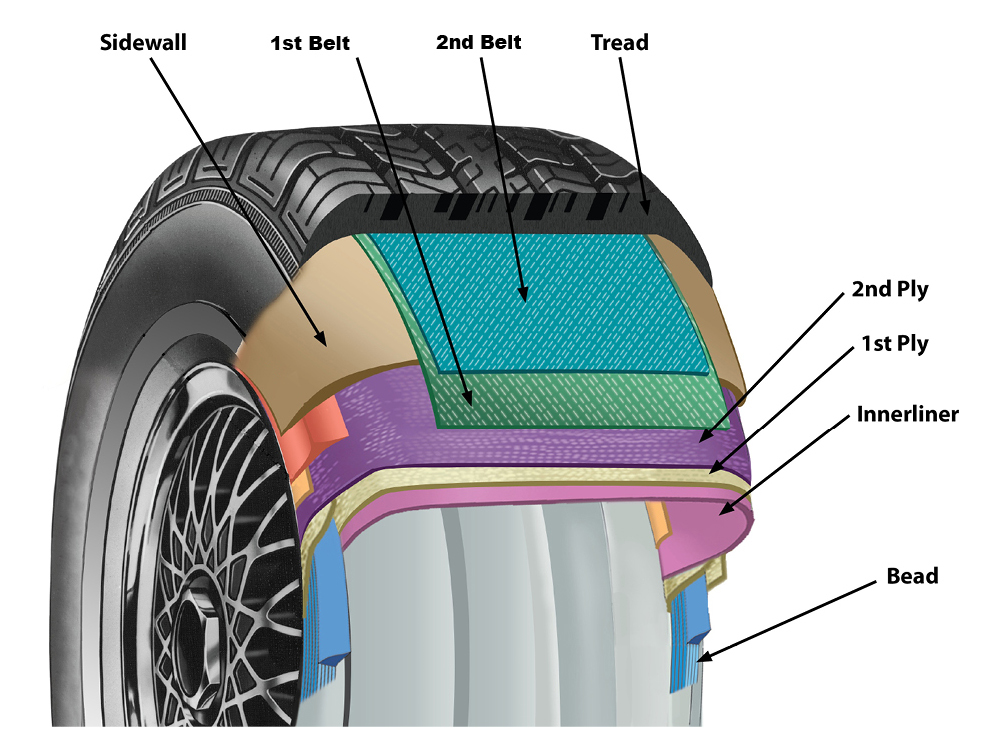 If the length of the product is large, then it can be rolled up. Aged in kerosene to soften for several hours, as kerosene does not act immediately.
If the length of the product is large, then it can be rolled up. Aged in kerosene to soften for several hours, as kerosene does not act immediately.
This substance is widely used and can also soften the product. The procedure is as follows:
Drying is carried out at room temperature. It should be borne in mind that high and low temperatures always negatively affect the condition of the rubber.
A short-term effect can be achieved by using silicone and castor oil. Among the features of the application, we note the following points:
 Silicone can be absorbed into the structure, making it more elastic.
Silicone can be absorbed into the structure, making it more elastic. After half an hour the rubber will be ready for use. It should be borne in mind that the achieved effect will be temporary. When considering how to soften such material, you can pay attention to castor oil.
In some cases, only a temporary softening is required, for example when pushing a hose onto a nozzle. In this case, you can solve the problem by temporarily lowering the product into a hot bath. After some time exposure to high temperature, elasticity increases.
Tires may harden with prolonged use. Problems can only be solved if the product is boiled. Significantly increase the effectiveness of the procedure by adding salt to the composition. Boiling is carried out until the moment when the surface becomes elastic.
If it is difficult to remove tubes and hoses, then heating is carried out by exposure to a warm air stream. For this, a building or ordinary hair dryer can be used.